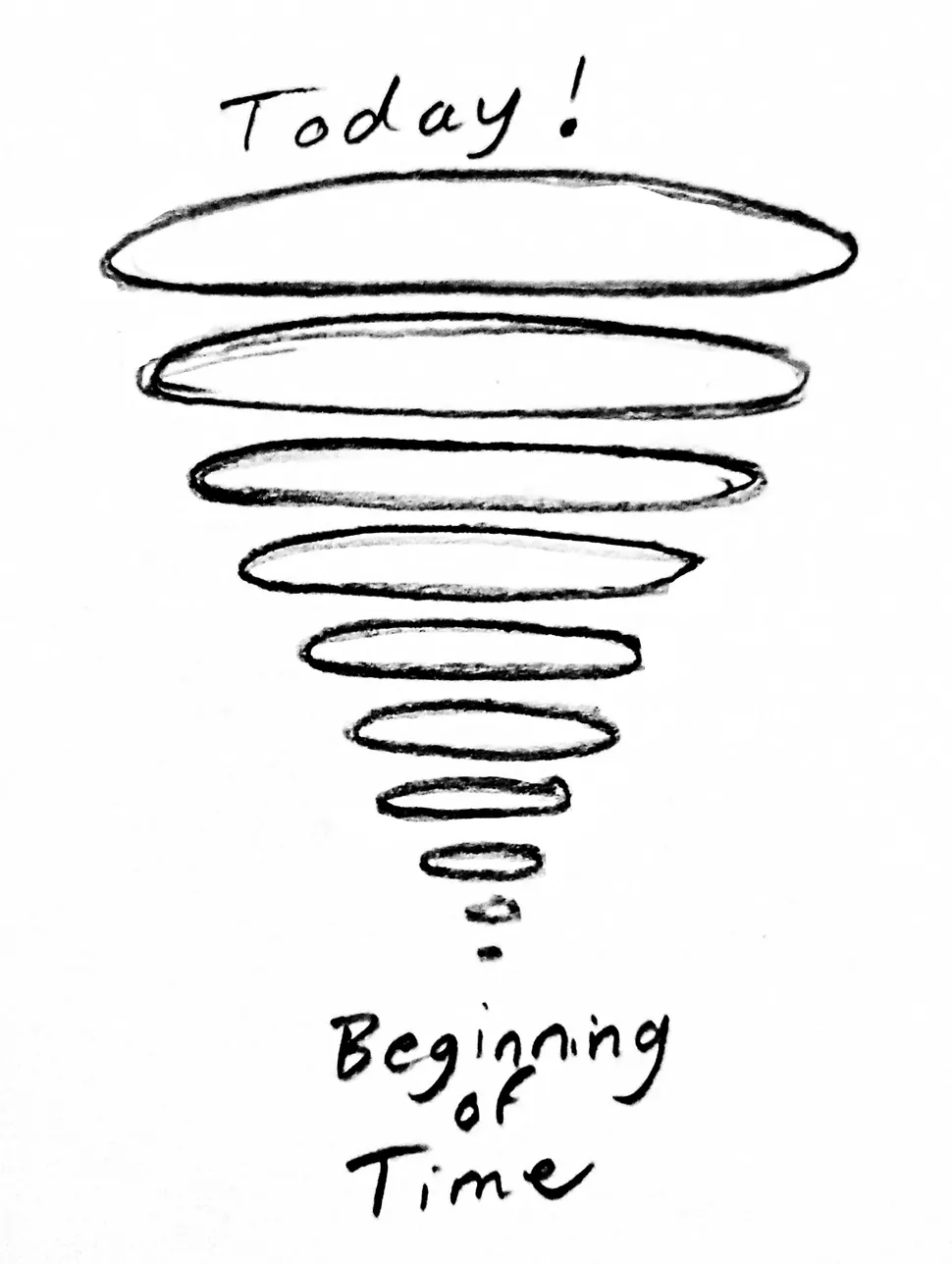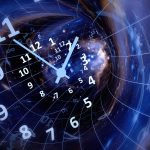Key Takeaways:
- Recent headlines falsely claimed NASA discovered particles from a parallel universe with reverse time.
- The actual study delves into a mirror universe theory, suggesting a reflection of our universe across time.
- This theory challenges the conventional Lambda-Cold Dark Matter model, addressing lapses in cosmic expansion and matter-antimatter asymmetry.
- It envisions a simplified view of the universe, suggesting a unique singularity before the Big Bang.
- The CPT-symmetric universe proposes intriguing implications, including a potential explanation for dark matter.
In recent times, viral headlines mistakenly touted a NASA discovery of particles from a parallel universe where time flows in reverse. However, the real story is even more captivating and perplexing, involving a journey from the inception of the Big Bang to the present.
The sensational claims stemmed from a misinterpretation of an obscure 2018 paper, which was never peer-reviewed. This paper posited the existence of a mirrored universe across time, an idea that extends beyond the Big Bang. If this were true, along with a series of other extraordinary hypotheses, it could potentially elucidate a mysterious signal emanating from the Antarctic ice, hinting at the existence of an entirely new particle.
The initial assertion of NASA’s discovery of a parallel universe seems to have originated from the British tabloid The Daily Star. This story subsequently gained traction in both British and American media outlets, including The New York Post.
The Mirror Universe theory, proposed by Latham Boyle and his colleagues at The Perimeter Institute in Ontario, Canada, introduces a concept of a universe that reflects ours across time. Published in December 2018 in the journal Physical Review Letters, it addresses limitations in the prevailing Lambda-Cold Dark Matter (ΛCDM) theory.
ΛCDM elucidates the cosmos using two fundamental principles: the influence of an enigmatic dark energy causing universal expansion, and the gravitational impact of unseen dark matter. However, this model encounters challenges in reconciling measurements of expansion across different eras and explaining the existence of matter in the universe.
Boyle’s theory delves deeper, unraveling the ΛCDM narrative all the way back to the singularity at the inception of time, emerging on the other side. This conception envisions the universe’s history as a series of concentric circles, culminating in a cone-like structure, where the Big Bang forms the base.
Peering into deep space is akin to gazing through time, with the most remote galaxies offering snapshots from billions of years ago. However, prior to the Cosmic Microwave Background (CMB) that emerged 370,000 years post-Big Bang, the universe existed in a “dark age” devoid of observable phenomena.
Boyle’s theory challenges the conventional view of the opaque wall formed by the CMB, proposing a simpler interpretation of what lies beyond. According to this, the initial moments after the Big Bang were not chaotic, but rather followed a structured process, contrasting ΛCDM’s narrative.
While this theory introduces a Big Bang hidden behind the CMB, it envisions a type of singularity more straightforward than those posited by Einstein’s theory of gravity. This unique singularity allows for continuity through the equations governing space-time.
Where conventional cosmological models reach a halt at the Big Bang, Boyle’s theory extends further, proposing a second universe branching out from the initial event in time. This extension emerges naturally from the equations describing our observable universe.
In this “second cone” universe, time appears to run backward from our frame of reference, presenting an intriguing mirror image. However, causality still proceeds in the expected sequence, much like in our universe, dispelling notions of a literal reversal of time.
The existence of this mirrored universe remains speculative, lacking empirical evidence. Nevertheless, if validated, it introduces an additional symmetry, potentially resolving a longstanding issue in physics—the Charge, Parity, Time (CPT) symmetry.
CPT symmetry posits that fundamental particles maintain their behavior when transformed into their antimatter counterparts, among other transformations. While historically viewed as inviolable, experiments have shown exceptions. Boyle’s model offers a potential reconciliation, upholding CPT symmetry in the face of ΛCDM’s shortcomings.
Moreover, this model could hold the key to comprehending dark matter, suggesting the existence of a previously undetected type of neutrino. Unlike known neutrinos, this “sterile neutrino” would possess a right-handed counterpart, providing a potential explanation for the enigmatic missing dark matter.
While this theory presents a promising framework, its finer details remain highly intricate, understood by only a select few in the field. The connection to the Antarctic Impulsive Transient Antenna (ANITA) anomaly further adds complexity, hinting at the challenges yet to be surmounted in this intriguing realm of physics.


